Owning a classic car can be a rewarding experience, but it also comes with unique maintenance challenges that modern vehicle owners rarely face. Many classic car enthusiasts are unaware of the common pitfalls that can lead to costly repairs or even irreversible damage. Exploring the most frequent maintenance mistakes classic car owners make can help enthusiasts avoid these issues and keep their beloved vehicles in pristine condition.
Neglecting Regular Maintenance
One of the biggest mistakes classic car owners make is overlooking regular maintenance, particularly fluid changes. Unlike modern vehicles, which often have advanced sealing techniques and materials, classic cars such as the 1965 Ford Mustang have aging components that require more frequent oil and fluid changes. Neglecting this can lead to unnecessary wear on the engine and other mechanical parts. For instance, older engines often benefit from more frequent oil changes because their seals aren’t as efficient, allowing contaminants to build up more quickly.
Rust prevention is another critical aspect of maintaining a classic car. Models like the 1970 Chevrolet Chevelle are more susceptible to rust due to older manufacturing processes that didn’t prioritize rustproofing. Regularly checking for rust and promptly treating any findings is essential. Rust can compromise the structural integrity of the vehicle, leading to costly repairs and even safety hazards. Simple preventive measures, such as keeping the vehicle clean and dry, can go a long way in preserving its condition.
Skipping scheduled tune-ups is another common oversight. Regular tune-ups are vital for vehicles such as the 1974 Volkswagen Beetle to run smoothly. These tune-ups involve checking the ignition system, carburetor adjustments, and ensuring all mechanical parts are in working order. Missing these can lead to larger mechanical issues down the line, which are not only expensive but can also be challenging to rectify due to the scarcity of parts.
Using Inappropriate Parts
Installing modern components in a classic car may seem like an upgrade, but it often leads to compatibility issues. For example, adding modern electronic ignition systems to a 1963 Corvette can create conflicts with the existing vintage systems. This can result in performance issues and even damage other components not designed to handle such upgrades. Maintaining the original specifications is often the best route to ensure the car runs as intended.
Choosing incorrect oil types is another critical error. Older engines, like those in a 1957 Chevrolet Bel Air, often require different viscosity levels than modern engines. Using the wrong type of oil can result in inadequate lubrication, leading to increased engine wear and potential failure. It’s essential to consult the vehicle’s manual or a knowledgeable expert to determine the appropriate oil type.
Failing to source Original Equipment Manufacturer (OEM) parts can also compromise the authenticity and performance of a classic car. Aftermarket parts may not fit or function as intended, potentially causing more harm than good. For instance, using non-OEM parts in a 1969 Dodge Charger can lead to performance inconsistencies and diminish the vehicle’s value. It’s crucial to invest in high-quality OEM parts to maintain both the performance and value of the vehicle.
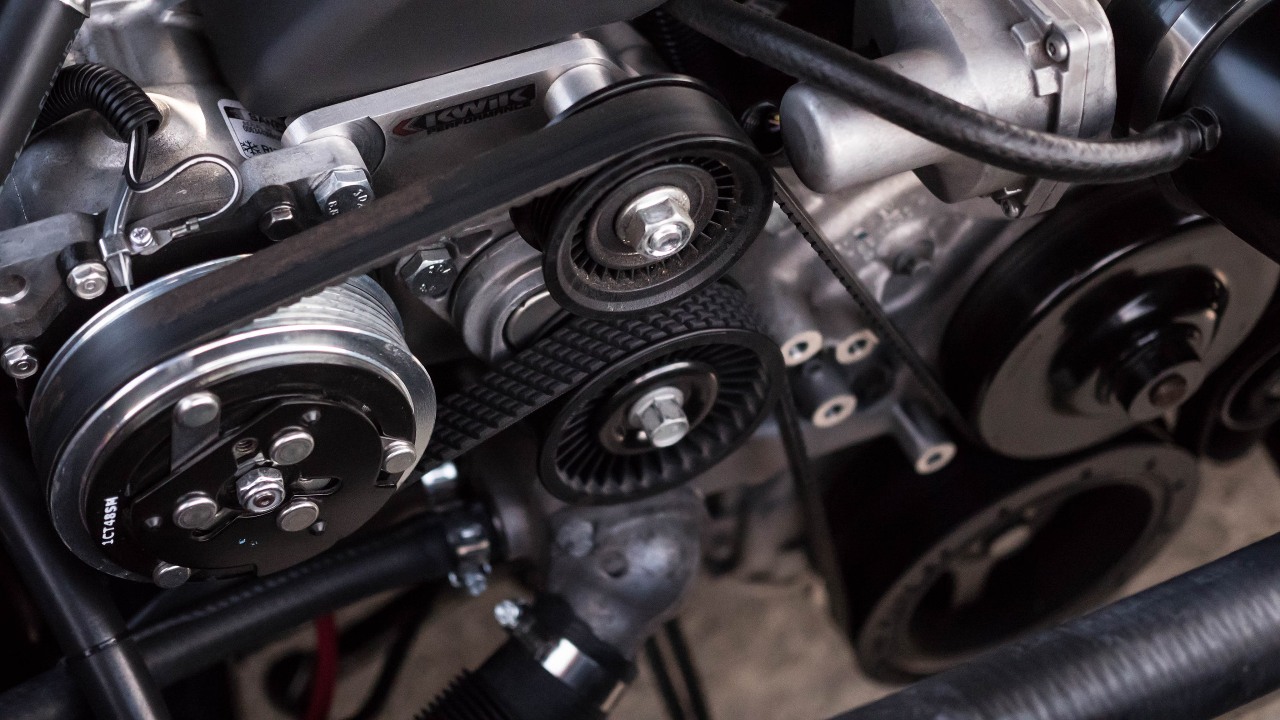
Improper Storage Practices
Improper storage practices can significantly impact the longevity of a classic car. Vehicles like the 1966 Jaguar E-Type require climate-controlled environments to prevent damage from humidity and temperature fluctuations. Exposure to damp conditions can lead to mold growth, rust, and other forms of deterioration. A garage with stable temperature and humidity levels is ideal for storing these classic beauties.
Neglecting battery maintenance is another issue that can arise from improper storage. If left unattended for extended periods, especially in cold climates, batteries can drain or corrode. This is especially true for models like the 1978 Pontiac Firebird. Regularly checking the battery’s charge and condition can prevent these problems and ensure the car is ready to drive when needed.
Not using car covers is a simple yet often overlooked mistake. A quality car cover can protect the vehicle from dust, sunlight, and incidental damage. For instance, using a cover on a 1954 Mercedes-Benz 300 SL can prevent the paint from fading and protect the car’s delicate bodywork. Investing in a good-quality cover tailored to the specific model can provide substantial long-term benefits.
Overlooking Electrical Systems
Electrical systems in classic cars can be a source of significant trouble if not regularly inspected. Vehicles like the 1969 Plymouth Barracuda often have old wiring that can become brittle over time. This poses a fire hazard and can result in electrical failures. Regular inspections are necessary to ensure the safety and functionality of the vehicle’s electrical components.
Failing to upgrade lighting systems can also be a detriment to both safety and performance. Dim or faulty lights not only reduce visibility but can also indicate larger underlying electrical problems. For example, upgrading the lighting system in a 1972 Ford Capri can improve visibility and ensure that the electrical system is functioning properly. It’s a simple yet effective way to enhance both safety and aesthetics.
Adding modern electronic accessories can strain the electrical systems of classic cars, which were not designed for high power demands. Vehicles like the 1975 Alfa Romeo Spider may experience electrical overloads when fitted with contemporary devices such as GPS units or advanced sound systems. It’s crucial to evaluate the vehicle’s electrical capacity before installing new gadgets to prevent potential damage or system failures.
Mismanaging Fuel Systems
Mismanagement of fuel systems is another frequent pitfall for classic car owners. Letting fuel stagnate in vehicles like the 1968 Oldsmobile Cutlass can lead to blockages and carburetor issues. If the car sits unused for extended periods, the fuel can degrade, leading to performance problems. Regular use or the addition of fuel stabilizers can help mitigate this issue.
Using incompatible fuel types is another common mistake. Classic cars often require leaded gasoline or specific octane levels that modern fuels do not provide. For example, the 1965 Aston Martin DB5 may not run optimally on standard unleaded fuel. It’s essential to use fuel additives or locate specialty fuel providers to meet the car’s needs and preserve its engine health.
Ignoring fuel line inspections can result in significant safety hazards. Fuel lines in a 1962 Ferrari 250 GTO, for instance, can corrode over time, leading to leaks and potential fire risks. Regular inspections can identify issues early and prevent costly repairs or dangerous situations. Addressing any signs of wear or damage promptly can ensure the vehicle remains safe and operable.
Like Fast Lane Only’s content? Be sure to follow us.
Here’s more from us:
*Created with AI assistance and editor review.

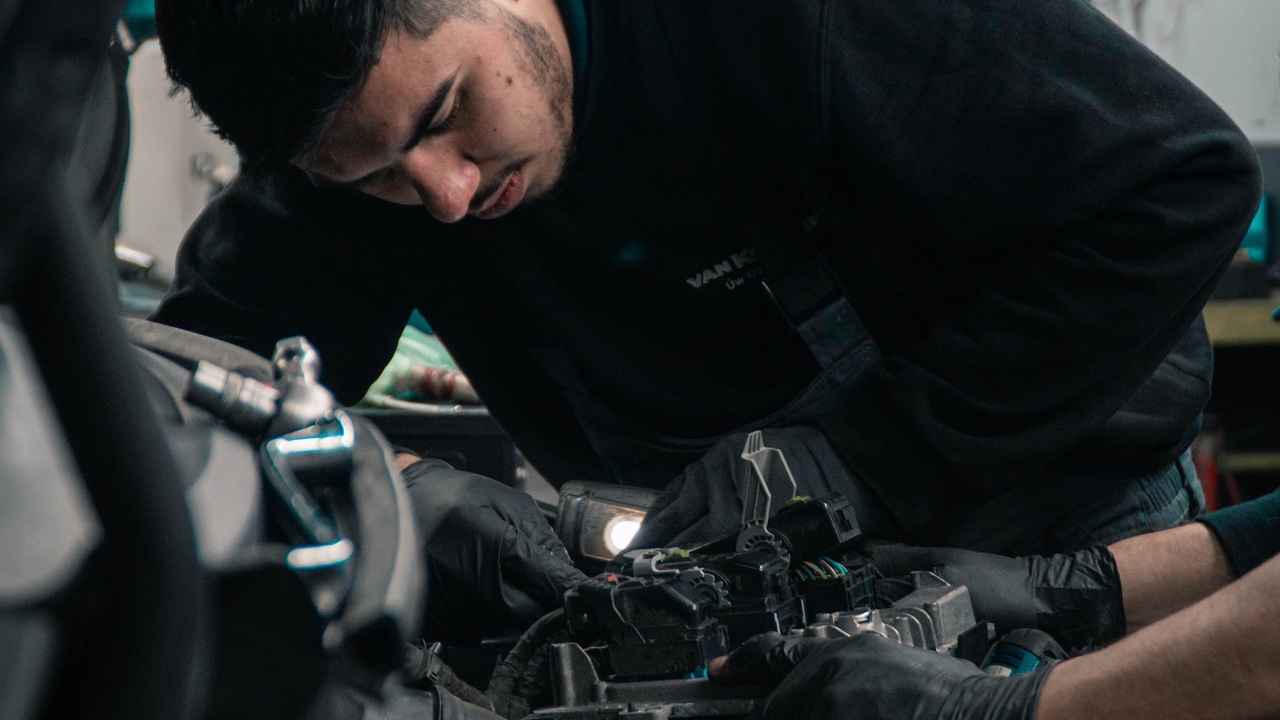
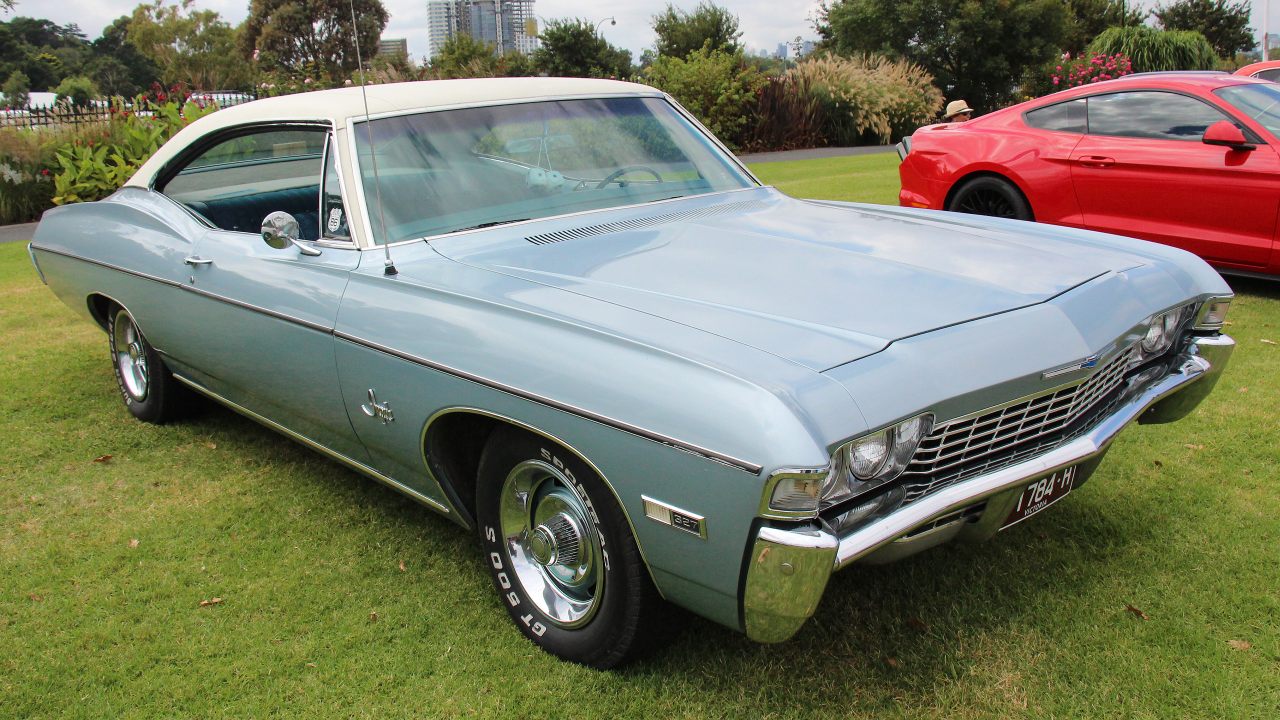
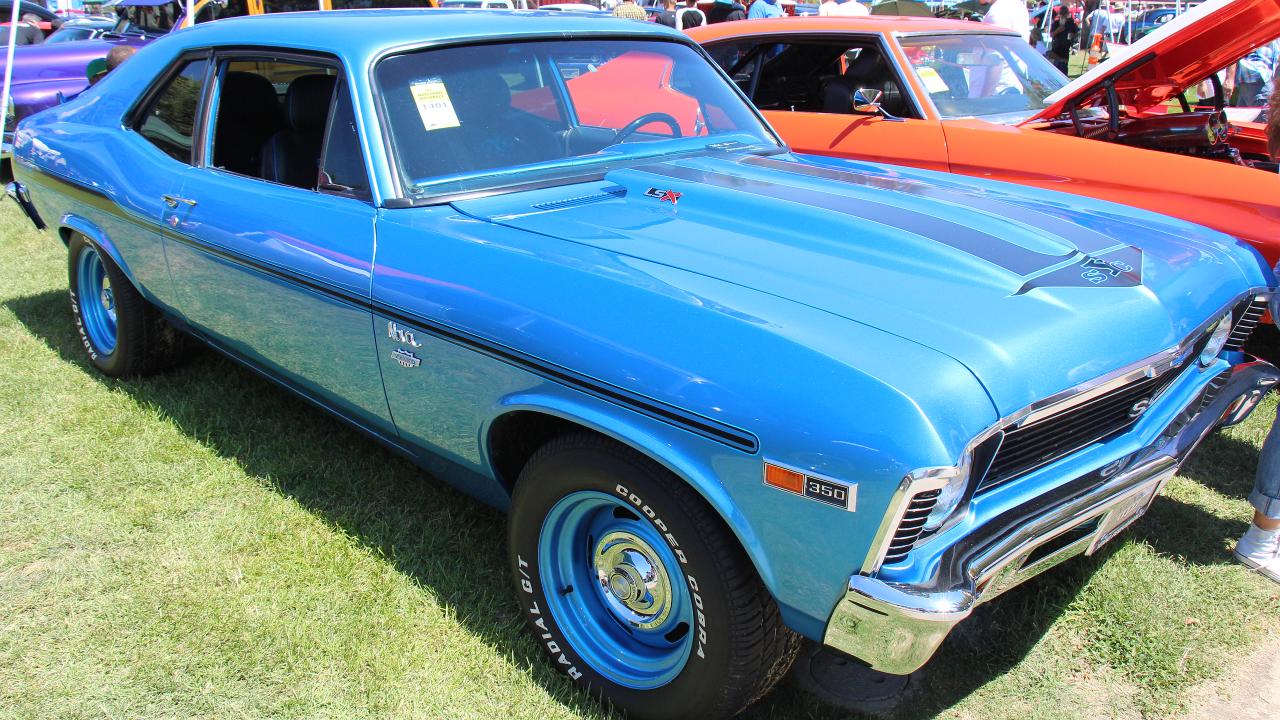
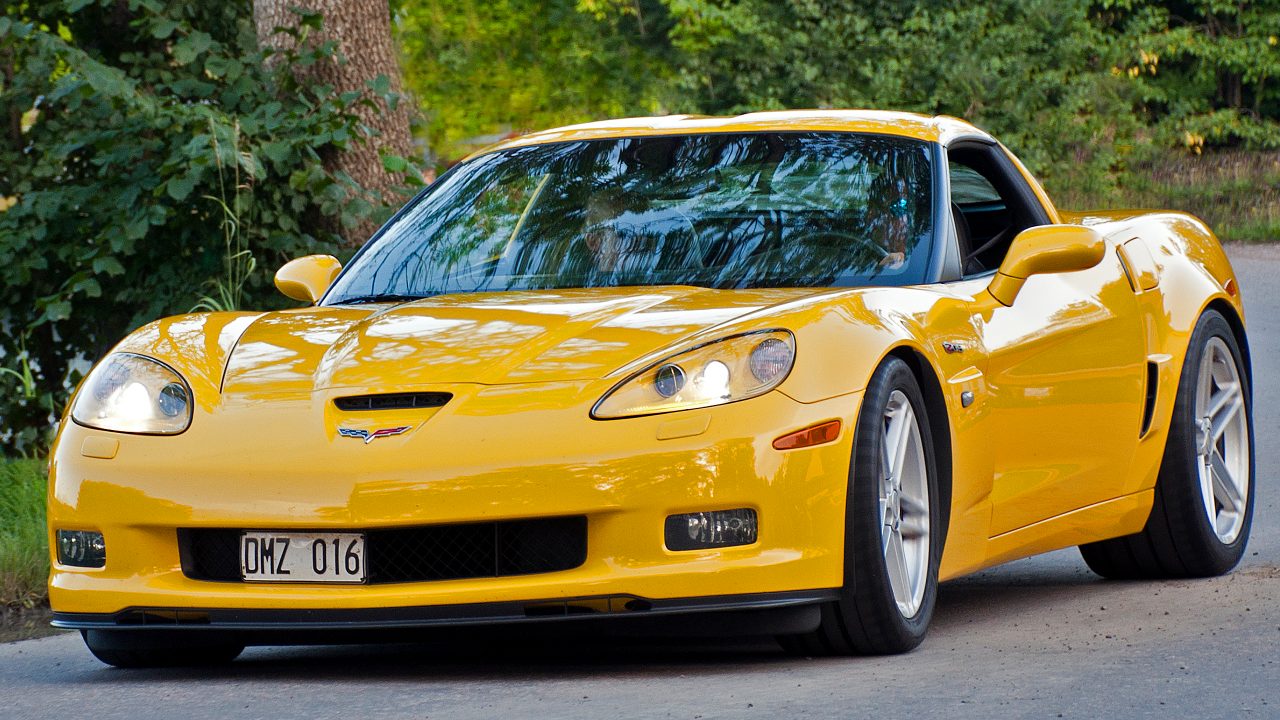

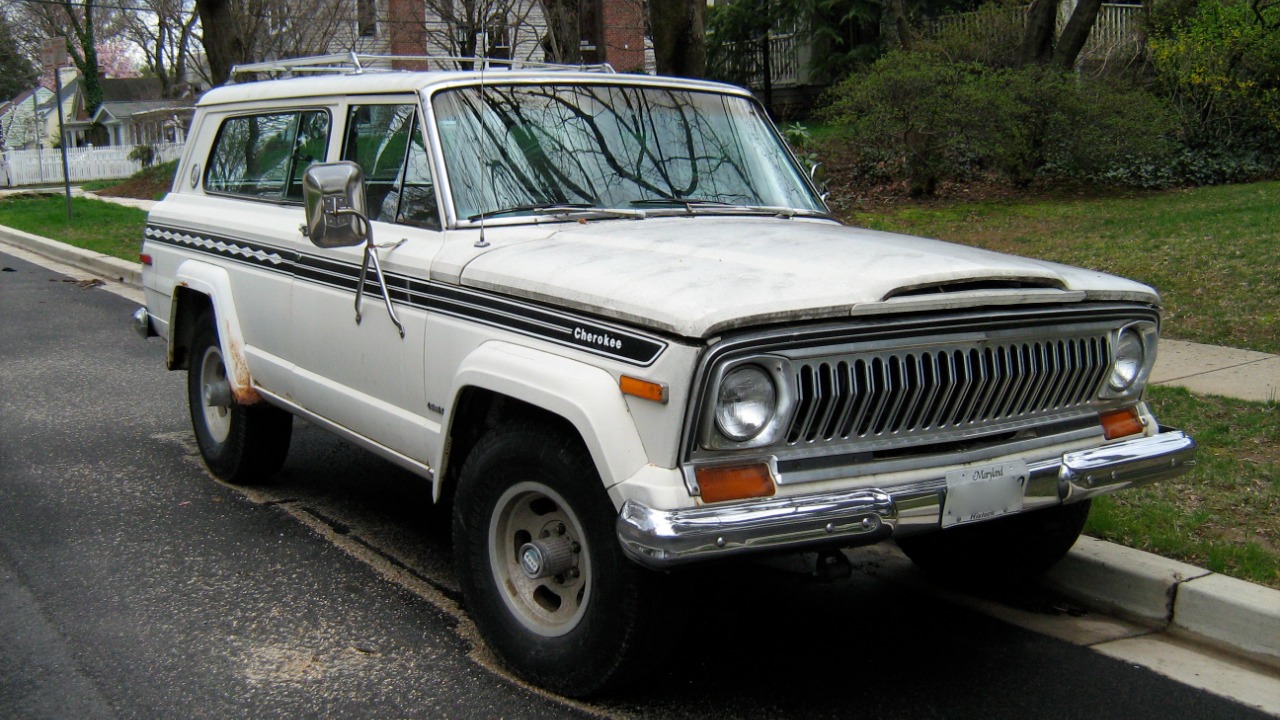
Leave a Reply